Scan barcode
Overview
New York Times list of 100 Best Books of the 21st Century released the week of July 8-12 2024.
The books have been chosen and voted on by "503 novelists, nonfiction writers, poets, critics and other book lovers — with a little help from the staff of The New York Times Book Review."
Notes on the books are directly from the New York Times list found here: https://www.nytimes.com/interactive/2024/books/best-books-21st-century.html?campaign_id=69&emc=edit_bk_20240712&instance_id=128589&nl=books®i_id=164072357&segment_id=171975&te=1&user_id=3ab9436b06f81b9833612400b0023456#book-80
There is no start or end date for this challenge.
The books have been chosen and voted on by "503 novelists, nonfiction writers, poets, critics and other book lovers — with a little help from the staff of The New York Times Book Review."
Notes on the books are directly from the New York Times list found here: https://www.nytimes.com/interactive/2024/books/best-books-21st-century.html?campaign_id=69&emc=edit_bk_20240712&instance_id=128589&nl=books®i_id=164072357&segment_id=171975&te=1&user_id=3ab9436b06f81b9833612400b0023456#book-80
There is no start or end date for this challenge.
NYT Best 100 Books of the 21st Century
39 participants (100 books)
Overview
New York Times list of 100 Best Books of the 21st Century released the week of July 8-12 2024.
The books have been chosen and voted on by "503 novelists, nonfiction writers, poets, critics and other book lovers — with a little help from the staff of The New York Times Book Review."
Notes on the books are directly from the New York Times list found here: https://www.nytimes.com/interactive/2024/books/best-books-21st-century.html?campaign_id=69&emc=edit_bk_20240712&instance_id=128589&nl=books®i_id=164072357&segment_id=171975&te=1&user_id=3ab9436b06f81b9833612400b0023456#book-80
There is no start or end date for this challenge.
The books have been chosen and voted on by "503 novelists, nonfiction writers, poets, critics and other book lovers — with a little help from the staff of The New York Times Book Review."
Notes on the books are directly from the New York Times list found here: https://www.nytimes.com/interactive/2024/books/best-books-21st-century.html?campaign_id=69&emc=edit_bk_20240712&instance_id=128589&nl=books®i_id=164072357&segment_id=171975&te=1&user_id=3ab9436b06f81b9833612400b0023456#book-80
There is no start or end date for this challenge.
Challenge Books
61
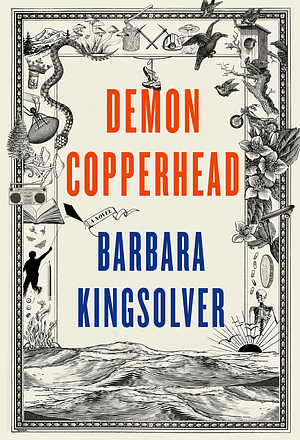
Demon Copperhead
Barbara Kingsolver
In transplanting “David Copperfield” from Victorian England to modern-day Appalachia, Kingsolver gives the old Dickensian magic her own spin. She reminds us that a novel can be wildly entertaining — funny, profane, sentimental, suspenseful — and still have a social conscience. And also that the injustices Dickens railed against are still very much with us: old poison in new bottles. — A.O. Scott
62
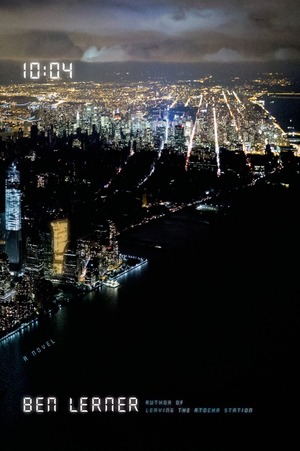
10:04
Ben Lerner
How closely does Ben Lerner, the very clever author of “10:04,” overlap with its unnamed narrator, himself a poet-novelist who bears a remarkable resemblance to the man pictured on its biography page? Definitive answers are scant in this metaphysical turducken of a novel, which is nominally about the attempts of a Brooklyn author, burdened with a hefty publishing advance, to finish his second book. But the delights of Lerner’s shimmering self-reflexive prose, lightly dusted with photographs and illustrations, are endless.
63
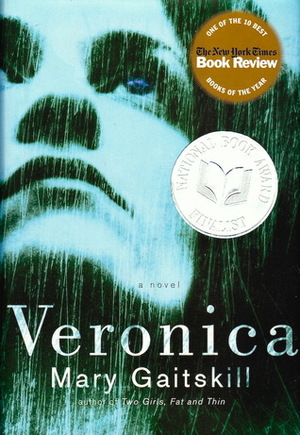
Veronica
Mary Gaitskill
Set primarily in a 1980s New York crackling with brittle glamour and real menace, “Veronica” is, on the face of it, the story of two very different women — the fragile former model Alison and the older, harder Veronica, fueled by fury and frustrated intelligence. It's a fearless, lacerating book, scornful of pieties and with innate respect for the reader’s intelligence and adult judgment.
64
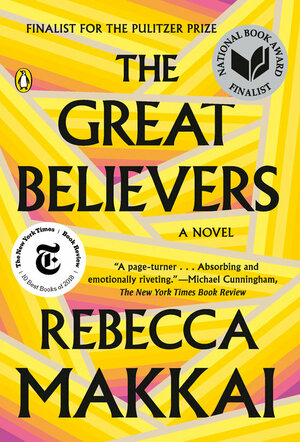
The Great Believers
Rebecca Makkai
It’s mid-1980s Chicago, and young men — beautiful, recalcitrant boys, full of promise and pure life force — are dying, felled by a strange virus. Makkai’s recounting of a circle of friends who die one by one, interspersed with a circa-2015 Parisian subplot, is indubitably an AIDS story, but one that skirts po-faced solemnity and cliché at nearly every turn: a bighearted, deeply generous book whose resonance echoes across decades of loss and liberation.
65
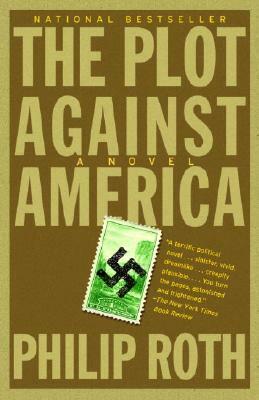
The Plot Against America
Philip Roth
What if, in the 1940 presidential election, Charles Lindbergh — aviation hero, America-firster and Nazi sympathizer — had defeated Franklin Roosevelt? Specifically, what would have happened to Philip Roth, the younger son of a middle-class Jewish family in Newark, N.J.? From those counterfactual questions, the adult Roth spun a tour de force of memory and history. Ever since the 2016 election his imaginary American past has pulled closer and closer to present-day reality. — A.O. Scott
66

We the Animals
Justin Torres
The hummingbird weight of this novella — it barely tops 130 pages — belies the cherry-bomb impact of its prose. Tracing the coming-of-age of three mixed-race brothers in a derelict upstate New York town, Torres writes in the incantatory royal we of a sort of sibling wolfpack, each boy buffeted by their parents’ obscure grown-up traumas and their own enduring (if not quite unshakable) bonds.
67
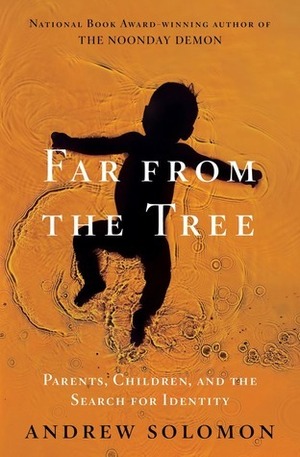
Far from the Tree: Parents, Children, and the Search for Identity
Andrew Solomon
In this extraordinary book — a combination of masterly reporting and vivid storytelling — Solomon examines the experience of parents raising exceptional children. I have often returned to it over the years, reading it for its depth of understanding and its illumination of the particulars that make up the fabric of family. — Meg Wolitzer, author of “The Interestings”
68
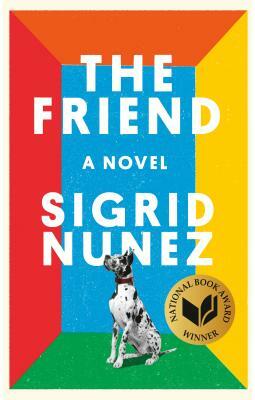
The Friend
Sigrid Nunez
After suffering the loss of an old friend and adopting his Great Dane, the book’s heroine muses on death, friendship, and the gifts and burdens of a literary life. Out of these fragments a philosophy of grief springs like a rabbit out of a hat; Nunez is a magician. — Ada Calhoun, author of “Also a Poet: Frank O’Hara, My Father, and Me”
69
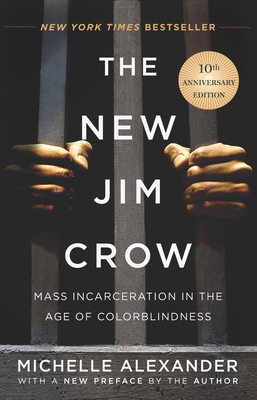
The New Jim Crow: Mass Incarceration in the Age of Colorblindness
Michelle Alexander
One year into Barack Obama’s first presidential term, Alexander, a civil rights attorney and former Supreme Court clerk, peeled back the hopey-changey scrim of early-aughts America to reveal the systematic legal prejudice that still endures in a country whose biggest lie might be “with liberty and justice for all.” In doing so, her book managed to do what the most urgent nonfiction aims for but rarely achieves: change hearts, minds and even public policy.
70
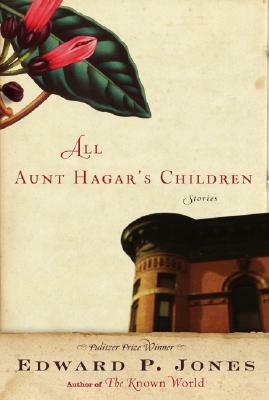
All Aunt Hagar's Children: Stories
Edward P. Jones
Jones’s follow-up to his Pulitzer-anointed historical novel, “The Known World,” forsakes a single narrative for 14 interconnected stories, disparate in both direction and tone. His tales of 20th-century Black life in and around Washington, D.C., are haunted by cumulative loss and touched, at times, by dark magical realism — one character meets the Devil himself in a Safeway parking lot — but girded too by loveliness, and something like hope.
71

The Copenhagen Trilogy: Childhood; Youth; Dependency
Tove Ditlevsen
Ditlevsen’s memoirs were first published in Denmark in the 1960s and ’70s, but most English-language readers didn’t encounter them until they appeared in a single translated volume more than five decades later. The books detail Ditlevsen’s hardscrabble childhood, her flourishing early career as a poet and her catastrophic addictions, which left her wedded to a psychotic doctor and hopelessly dependent on opioids by her 30s. But her writing, however dire her circumstances, projects a breathtaking clarity and candidness, and it nails what is so inexplicable about human nature.
72
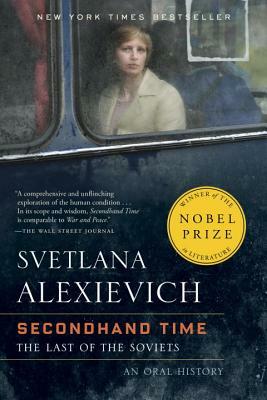
Secondhand Time: The Last of the Soviets
Svetlana Alexiévich
Of all the 20th century’s grand failed experiments, few came to more inglorious ends than the aspiring empire known, for a scant seven decades, as the U.S.S.R. The death of the dream of Communism reverberates through the Nobel-winning Alexievich’s oral history, and her unflinching portrait of the people who survived the Soviet state (or didn’t) — ex-prisoners, Communist Party officials, ordinary citizens of all stripes — makes for an excoriating, eye-opening read.
